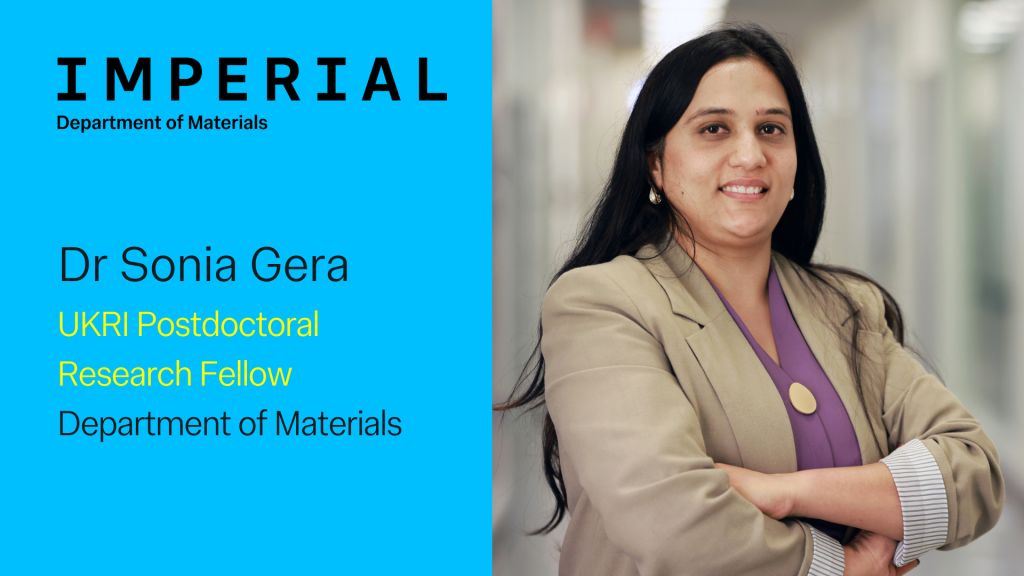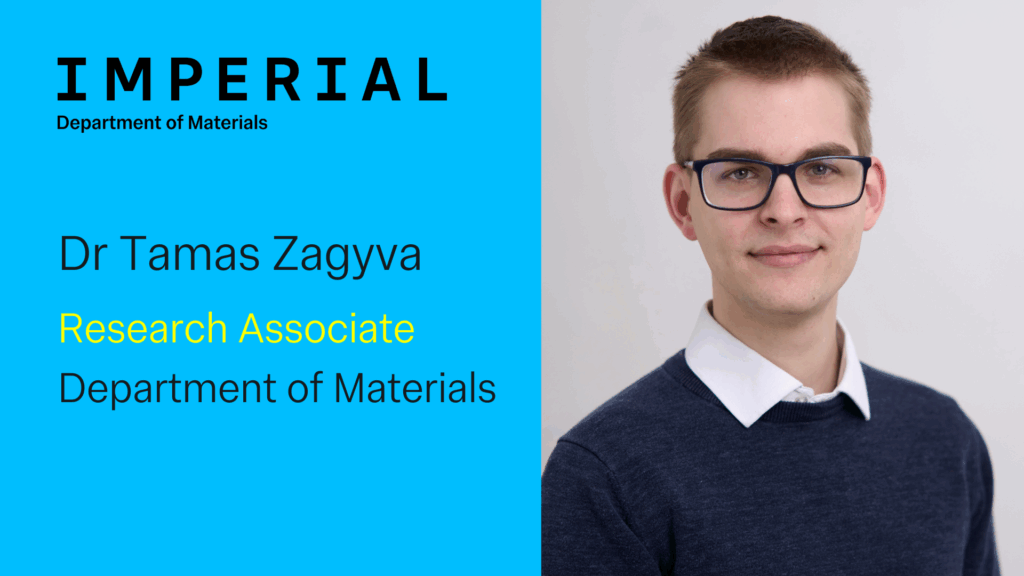
Tamas Zagyva is a Research Associate in the Department of Materials. His research investigates advanced ceramic materials for nuclear fusion reactors and he performs experiments to simulate the damage that would occur in a fusion reactor, evaluating the radiation resistance of the advanced ceramic materials. In this new blog post, he shares insights into studying materials science, the potential impact of his research, and hobbies he enjoys outside the lab.
What inspired you to become a Materials Scientist?
After finishing my undergraduate studies in Earth Sciences, I worked as a technician at a research institute for one year. The laboratory focused on developing ceramic implants, and I was fascinated by the process of creating new materials and finding innovative ways to achieve the desired properties. I also enjoyed using advanced analytical techniques to characterise the materials. Due to these positive experiences, I decided to study a master’s in Materials Science and went on to complete a PhD working with ceramic and glass-ceramic nuclear materials.
How would you explain your research to someone outside the field?
I work with advanced ceramic materials for nuclear fusion reactors. One of the critical challenges in fusion reactors is neutron radiation, which can damage essential reactor components such as superconducting magnets, vital for successful operation. Therefore, neutron shielding materials are needed to protect these magnets from radiation damage.
Shielding materials must exhibit high radiation resistance. In my research, I perform ion irradiation experiments on candidate neutron shielding materials using particle accelerators. These experiments simulate the damage that would occur in a fusion reactor. Afterwards, I characterise the microstructure of the irradiated materials and evaluate their radiation resistance.
Why did you study this area and why is it important?
Studying radiation damage is an exciting research area because each material behaves differently under radiation, presenting a challenging yet fascinating puzzle. Currently, my research focuses on the radiation resistance of fusion shielding materials. Identifying inadequate materials and selecting those with sufficient radiation resistance is essential for the successful operation of fusion reactors. This work is critical for advancing nuclear fusion technology.
How could this research make an impact?
My research focuses on identifying suitable shielding materials for spherical tokamak fusion reactors. With many candidate materials and limited data on their behaviour under radiation, my work aims to fill this gap. My research could accelerate the development of commercially viable fusion reactors by advancing our understanding of these materials.
A commercially available fusion reactor would provide a significant source of clean energy, substantially reducing greenhouse gas emissions and helping combat climate change.
Who do you collaborate with at Imperial and beyond?
At Imperial, I collaborate closely with three PhD students – Joe Pollard, Mashu Harada, and Karim Bakkar – in Dr Sam Humphry-Baker’s group. These research projects are focused on investigating radiation damage in materials such as hafnium hydride, tungsten boride, and tungsten carbide.
Beyond Imperial, I have established collaborations with the UK Atomic Energy Authority (UKAEA) and the Dalton Cumbrian Facility. We conduct comprehensive studies on radiation damage in neutron shielding and nuclear waste materials.
What do you enjoy most about what you do?
The most exciting part for me is characterising newly irradiated samples. I enjoy using advanced analytical techniques, and it is always thrilling to see if the materials behave as expected during the irradiation experiments. This process of discovery and validation keeps my work both engaging and rewarding.
What do you enjoy outside of research?
Outside of research, I enjoy playing board games and chess, watching motorsports and TV shows, go-karting, and hiking.
What’s something your colleagues would be surprised to learn about you?
I am currently developing and designing two board games, with plans to publish them once they are finished.

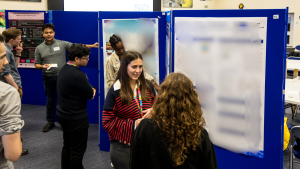 How did you organise the placement?
How did you organise the placement? 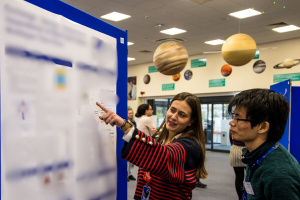 What has been the highlight of your placement?
What has been the highlight of your placement? 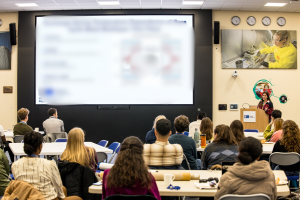 My department and this degree prepared me well for this placement, thanks to the topics we have covered throughout the years. I was able to talk and interact with anyone about anything. Whether it was about biomaterials, materials for energy storage or nuclear energy, I could make a contribution to all discussions and talks and ask challenging questions to researchers. Every detail I had learned in my course, from phase diagrams to quantum mechanics, has helped me in this placement.
My department and this degree prepared me well for this placement, thanks to the topics we have covered throughout the years. I was able to talk and interact with anyone about anything. Whether it was about biomaterials, materials for energy storage or nuclear energy, I could make a contribution to all discussions and talks and ask challenging questions to researchers. Every detail I had learned in my course, from phase diagrams to quantum mechanics, has helped me in this placement.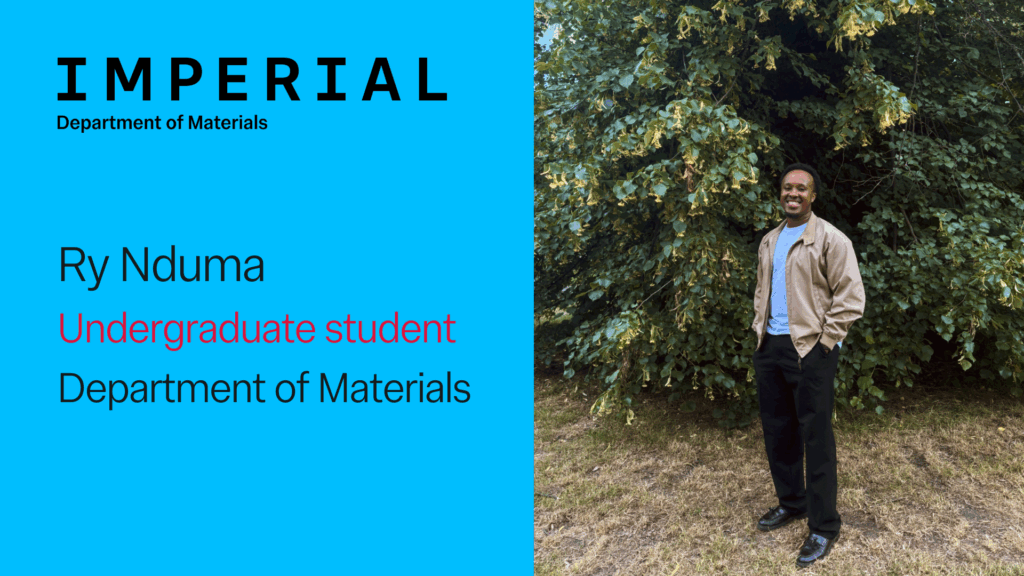
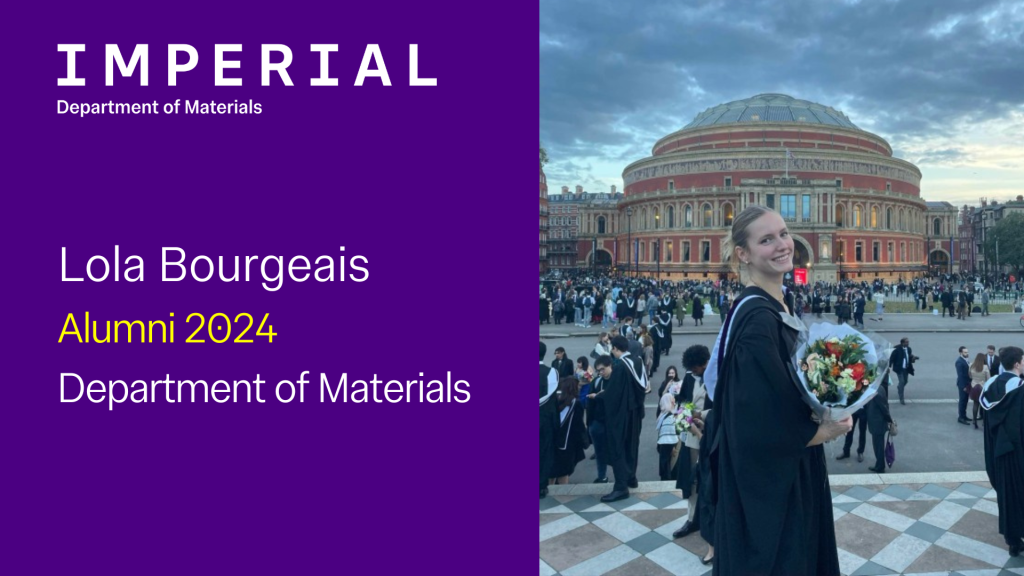
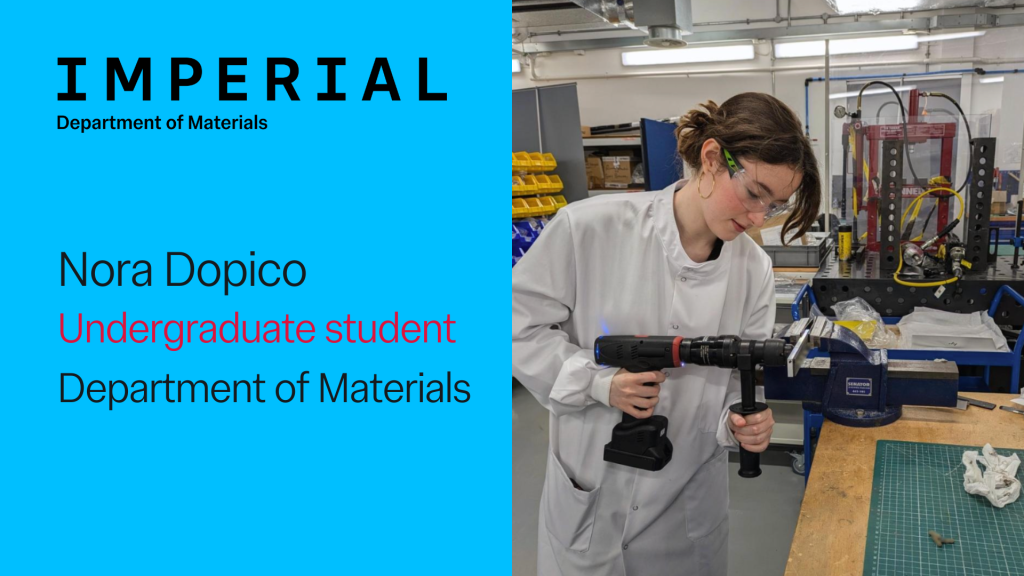
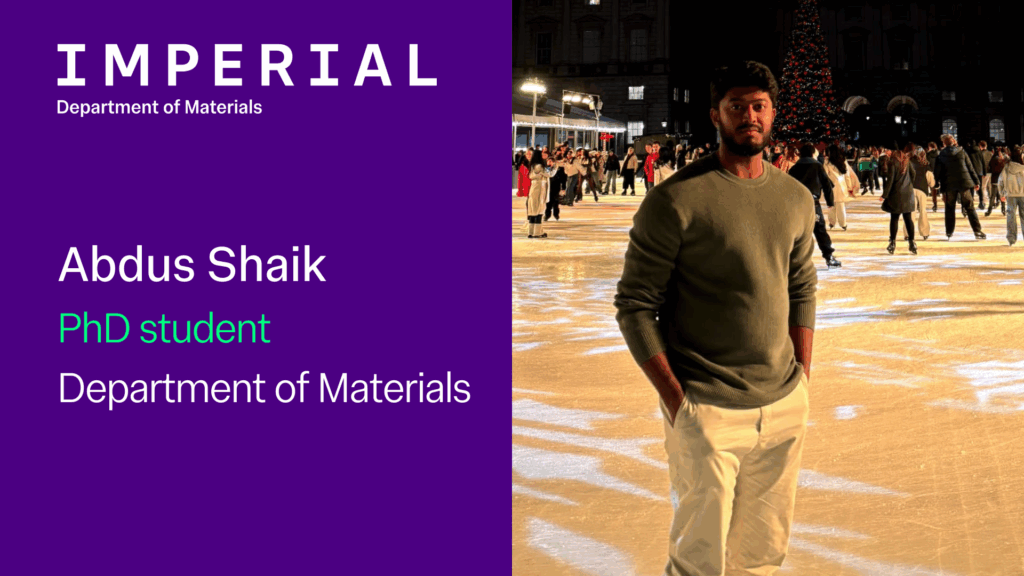
 What do you enjoy most about what you do?
What do you enjoy most about what you do? 


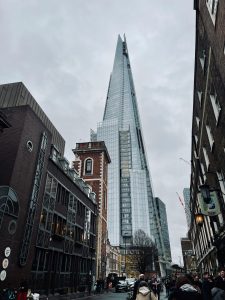 Thankfully, I’ve not only accumulated small nuggets of interesting information during my degree, but I have come to further appreciate Materials Science’s significance for our planet’s future. The synergy between materials science and semiconductor technology, exemplified by Nvidia’s cycle of groundbreaking chip innovations, is fueling the exponential growth of AI and machine learning which shapes our future day by day. Exploration in bioplastics derived from plants and microorganisms with the goal of allowing them to break down naturally could eradicate the ever-pressing issue of plastic pollution, potentially saving the future of many ecosystems. Research surrounding CO2 capture and conversion into fuels is a topic I’ve been reading for my Literature Review. Fine-tuning the microstructure of electrocatalysts in CO2 reduction is a challenge I have no doubt that Materials Scientists will one day solve, saving our future from the global warming crisis. The future of sports is also heavily dictated by material developments. Almost everyone I know at Imperial has caught the F1 craze and with our materials background, the technology on display is even more appreciable. Materials Scientist’s constant improvements in biocompatible implants that integrate seamlessly with tissue will help athletes and patients return from injuries quicker and with ease. I’m known for my notoriously fragile knees so it’s looking likely that materials science will be shaping the future of my patellas too.
Thankfully, I’ve not only accumulated small nuggets of interesting information during my degree, but I have come to further appreciate Materials Science’s significance for our planet’s future. The synergy between materials science and semiconductor technology, exemplified by Nvidia’s cycle of groundbreaking chip innovations, is fueling the exponential growth of AI and machine learning which shapes our future day by day. Exploration in bioplastics derived from plants and microorganisms with the goal of allowing them to break down naturally could eradicate the ever-pressing issue of plastic pollution, potentially saving the future of many ecosystems. Research surrounding CO2 capture and conversion into fuels is a topic I’ve been reading for my Literature Review. Fine-tuning the microstructure of electrocatalysts in CO2 reduction is a challenge I have no doubt that Materials Scientists will one day solve, saving our future from the global warming crisis. The future of sports is also heavily dictated by material developments. Almost everyone I know at Imperial has caught the F1 craze and with our materials background, the technology on display is even more appreciable. Materials Scientist’s constant improvements in biocompatible implants that integrate seamlessly with tissue will help athletes and patients return from injuries quicker and with ease. I’m known for my notoriously fragile knees so it’s looking likely that materials science will be shaping the future of my patellas too.